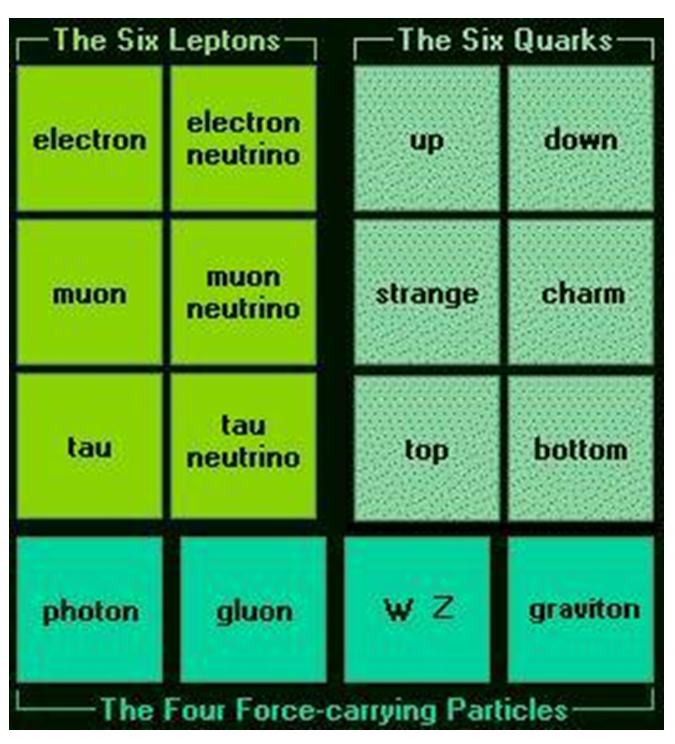Suppose one could see a computer screen but had no access the hardware and software that created it. If one saw that screen changes occurred in bit units, does that mean that virtual “bit particles” created them? A better conclusion is that the screen changes in bit units because the bit is the basic unit of the processing that creates the screen. Likewise, the assumption of physics that virtual photons cause electromagnetic effects is premature.
If quantum processing creates physical effects, changes in electromagnetism occur in photon units because the photon is the basic network operation, so all changes just look like photon effects. The quantum network changes in photon units for the same reason that a computer screen changes in bit units. The link between photons and electromagnetism is correlation not causation and mixing these up is the oldest error in science.
Dynamic processing that tries every option doesn’t need agents to push it, so an electron can fall to a lower energy orbit without needing an “orbit boson” to make it so. The forces that physics attributes to imaginary particles are produced by quantum processing as follows:
1. Electromagnetism. Where the standard model sees virtual photons quantum realism sees a quantum network re-allocating its basic operation, so no virtual photons are needed to explain electromagnetism (Chapter 5).
2. The strong effect. The standard model needed a new field, three new charges and eight gluons to explain how quarks bind in a nucleus. In quantum realism, quarks share photons to achieve stability and the color charge is the axis orientation needed for a stable result. Again, no magical gluon agents are needed (4.4.4).
3. The weak effect. The standard model needed another field, three more bosons and two new charges to explain how neutrons decay but still couldn’t explain why protons don’t decay. In quantum realism, neutron decay is a neutrino effect whose reverse is an electron effect only possible in stars, so protons are stable in empty space. Weak bosons are again unnecessary and thus imaginary agents (4.4.6).
4. The Higgs. If weak bosons don’t exist, the Higgs boson isn’t needed at all. CERN added yet another species to its already overflowing menagerie of “particles” that had no role at all in the evolution of matter. Adding another virtual particle to the standard model house of cards didn’t add anything new to our knowledge (4.4.7).
5. Gravity. Every attempt to find gravitons has failed but standard model iconographies still display it as if it were real (Figure 4.17). But if gravity alters space and time, how can particles that exist in space and time do that? Something else is needed and Chapter 5 attributes gravity to a grid processing gradient.

Finally, if the Higgs can interact with weak bosons to give mass, how do other bosons interact? A quark can be subject to electromagnetic, strong, weak, Higgs and gravity forces, so what happens if a virtual photon, gluon, weak boson, Higgs and graviton appear at the same time? That virtual bosons only interact to make our equations work isn’t satisfactory. And as matter bosons imply anti-matter versions, what happens if a Higgs meets an anti-Higgs? The standard model being an ad hoc model doesn’t predict anything.
The standard model invents virtual particles for effects that quantum realism derives from a core quantum process. Why invent many virtual particles to explain what one quantum process can? In quantum realism, virtual particles are unnecessary because quantum processing can explain their effects so there are no virtual particles.